Some of the links in this post may be affiliate links.
Have you experienced root rot with your potted houseplants and are wondering what you can do in order to prevent it in the future? Assuming you actually have root rot, I will talk about some very important things that few other people are talking about when it comes to preventing root rot.
Keep reading to discover the enlightening truth about how to stop root rot in plants.
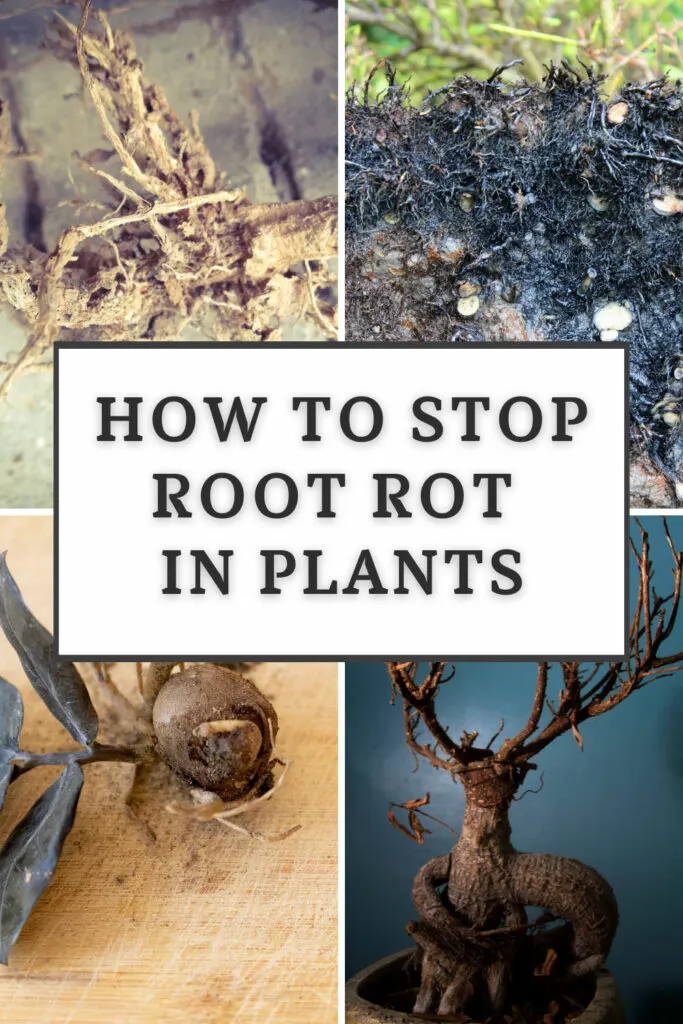
Table of Contents
WHAT IS ROOT ROT?
Root rot causes the deterioration of roots of plants as a result of a lack of oxygen to the root system.
Under these anaerobic conditions (lack of oxygen), your plant’s roots will suffocate and also become prone to a number of harmful fungi such as species of Pythium, Phytophthora, and others.
Left unchecked, the fungal infection can end up killing your plant.
So what are some symptoms of root rot?
- You will typically have soft, mushy roots. This is a sure sign of root rot.
- Rotten roots will also often have a foul odor.
- Rotten plant roots will often be a darker color.
- In severe cases, you will see your whole plant wilt but the plant’s soil will still feel moist.
Many people automatically assume that they have root rot whenever they see a dying plant. Unless you observe your plant’s roots with your own eyes and notice one or more of the items listed above, you can’t be 100% sure.
Why is this? Because so many people assume that they have “overwatered” their plants anytime they see their plants struggling.
In the vast majority of cases, when I delve into the issue with these plant parents, they have actually done the opposite and have dehydrated their plants because of the perpetual fear of “overwatering.”
If you take your plant out of its pot and you see nothing but dry, shriveled roots, this is certainly not root rot.
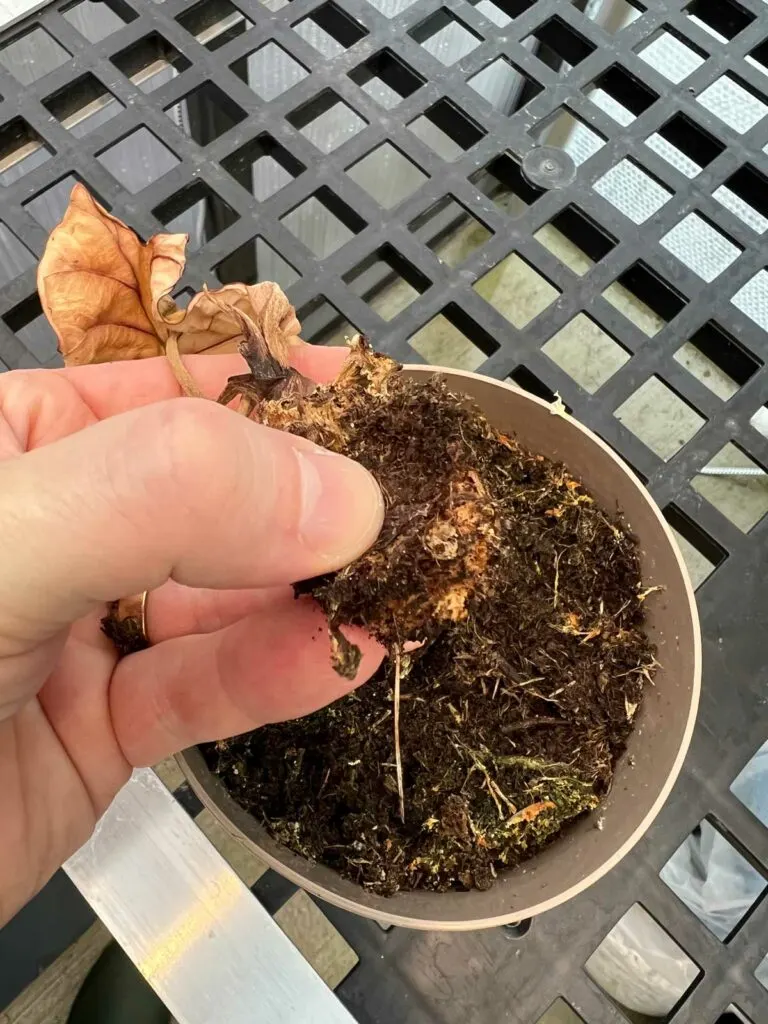
HOW TO STOP ROOT ROT IN PLANTS
If you want healthy plants and you want to learn how to prevent root rot, here are 3 crucial tips. At the end of the post, I’ll go over what to do to treat a plant with root rot. If you can provide the following 3 conditions for each of your plants, root rot will be a thing of the past.
1. PROVIDE ENOUGH LIGHT
I like to say that there is no such thing as “overwatering”, but rather “under-lighting”.
If you are not situating your plants immediately in front of a window (unless you’re using grow lights), your plants’ rate of photosynthesis will be dramatically reduced and your plants will not be able to use water efficiently, causing your soil to take a lot longer to dry out.
And when I say immediately in front of your window, I don’t mean a few feet away. I mean as close as possible. Light will decay very quickly the further you get from a window.
Take a look at the graph below that I generated using data from a light meter.

Notice how quickly light intensity drops even two feet from a window.
If you want to quantify the amount of light, try playing around with a light meter (link to Amazon). It will be very eye-opening to see the rapid decay in light intensity as you move further and further from your windows.
2. PROVIDE THE RIGHT POT SIZE & TYPE
Whenever you repot, a good rule of thumb is to only go up one pot size and no larger. I’m not saying that you can never go larger, but when you have an oversized pot, combined with low light and poor drainage, this is a recipe for root rot because the excess volume of soil will take too long to dry out.
For example, if you have a plant in a 4-inch pot, move up to a 6-inch diameter pot and no bigger.
Drainage holes in your pots are not optional if you want healthy roots and a healthy plant. I’m not saying that it is not possible to grow plants in a pot without a drainage hole, but why make it harder for yourself?
If there is no drainage hole, you have to be way too careful of the amount of water that you add, otherwise too much will accumulate at the bottom of the pot.
Besides the excess water not having anywhere to escape, it also causes an accumulation of minerals and fertilizer salts which can also damage the roots of the plant.
3. PROVIDE THE RIGHT SOIL TYPE
I find that most prepackaged soils for houseplants retain too much water and don’t drain freely enough. Even most products marketed as cactus/succulent potting soil aren’t adequate.
In order to achieve a well-drained soil, you’ll have to amend your potting mix with materials like perlite or pumice, or buy pre-packaged mixes that you can use straight out of the bag such as potting mixes from Oh Happy Plants.
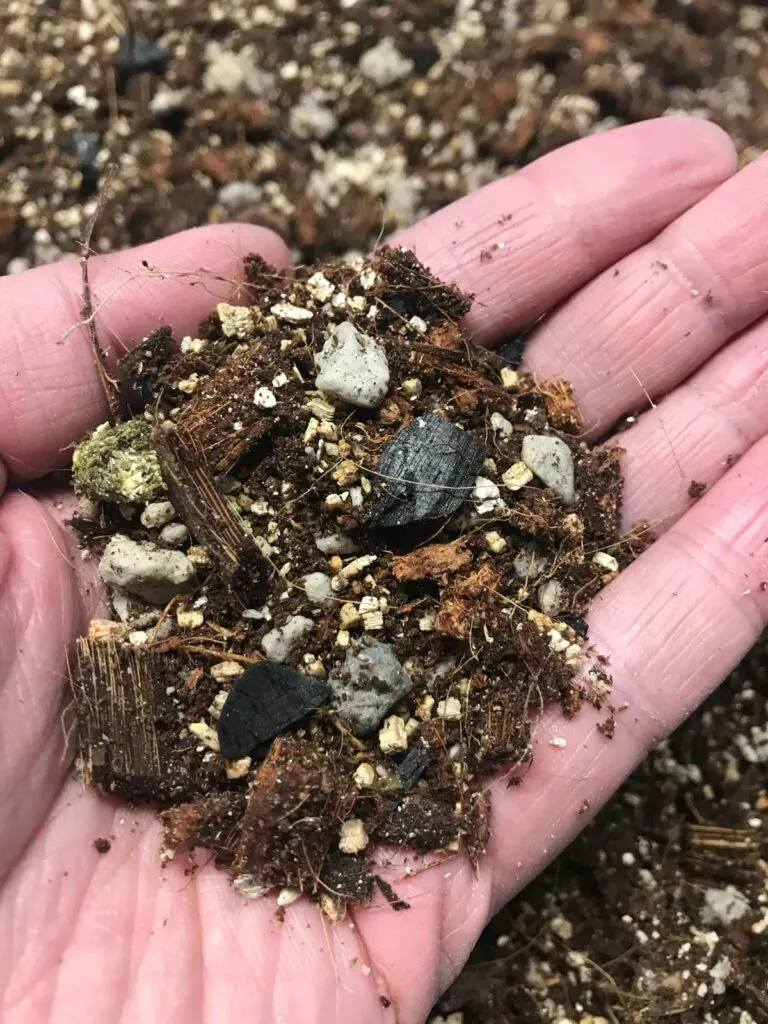
These are amazing potting mixes that use sustainable ingredients (even the bags and labels are compostable!) and they provide beautiful soil drainage while maintaining enough soil moisture AND oxygen to your plant’s roots.
If you use my Oh Happy Plants link, you will receive 10% off automatically at checkout. I have so many of my plants in their mixes and they are absolutely thriving!
OTHER TIPS TO AVOID ROOT ROT
Don’t reuse any potting mix from plants that you suspect have had root rot. Discard this potting mix.
Never use soil that you dug up outside from your garden in the pots of your indoor plants as these often contain root rot fungi, and these soils tend to be much too dense for use indoors.
Disinfect any tools or pots that were used for plants that experienced root rot. You can use isopropyl alcohol or a 10% bleach solution.
If you’re still worried about root rot, another option is to use terra cotta pots. They are porous and will dry out much more quickly than a plastic pot. This is especially helpful if you tend to like to water frequently.
Remember that wet soils without enough oxygen (particularly combined with low light) is a recipe for poor growth and root rot.
Wait at least until the top inch of soil is dried out before watering again. This will also help you reduce fungus gnats from flying around.
If you have your plant growing in a plastic nursery pot with drainage holes, and is slipped into a decorative pot without drainage holes, be careful when you water. Always check and discard any accumulated excess water from the decorative pot (or from the saucer below).
WHAT TO DO IF YOU DETECT ROOT ROT
If you take your plant out of its pot and inspect your plant’s root ball and you see signs of root rot, as I described earlier in this post, there are a couple different things that you can do.
IMPROVE YOUR PLANT’S GROWING CONDITIONS
If your plant is not wilted at all, there is no need to change out the soil or do anything drastic. You may just be in the beginning stages of root rot.
Look for opportunities to increase light, maybe downsize the pot size if necessary, and when it is time to repot, use a good potting mix like those from Oh Happy Plants.
THROW THE PLANT AWAY
If your entire plant is wilted and there appears to be little or no root system left, it’s probably best to discard the plant.
CHANGE OUT THE SOIL AND REDUCE THE POT SIZE
If you are somewhere in between the previous two cases described, you can try the following:
- Take your plant out of its pot and remove as much of the old soil as possible. Don’t reuse this soil since it likely has fungal spores.
- Rinse off the root system with water.
- Trim off any dead roots, and be sure to sanitize your pruners with isopropyl alcohol or a bleach solution.
- Repot into a smaller pot than the one you just took it out of and use fresh soil. Since the root system is much smaller than it was before root rot occurred, it would be wise to use a smaller pot.
And remember, if you have your plants growing in sufficient light, and you have good drainage (drainage holes in your pot AND using a well-drained potting mix), and are not using an oversized pot, root rot should be a thing of the past.
And in these good growing conditions, you can water properly (thoroughly) and not have any fear of “overwatering”.
I hope you’ve enjoyed this post on how to stop root rot in plants. Have you struggled with root rot? Comment below. I’d love to hear!

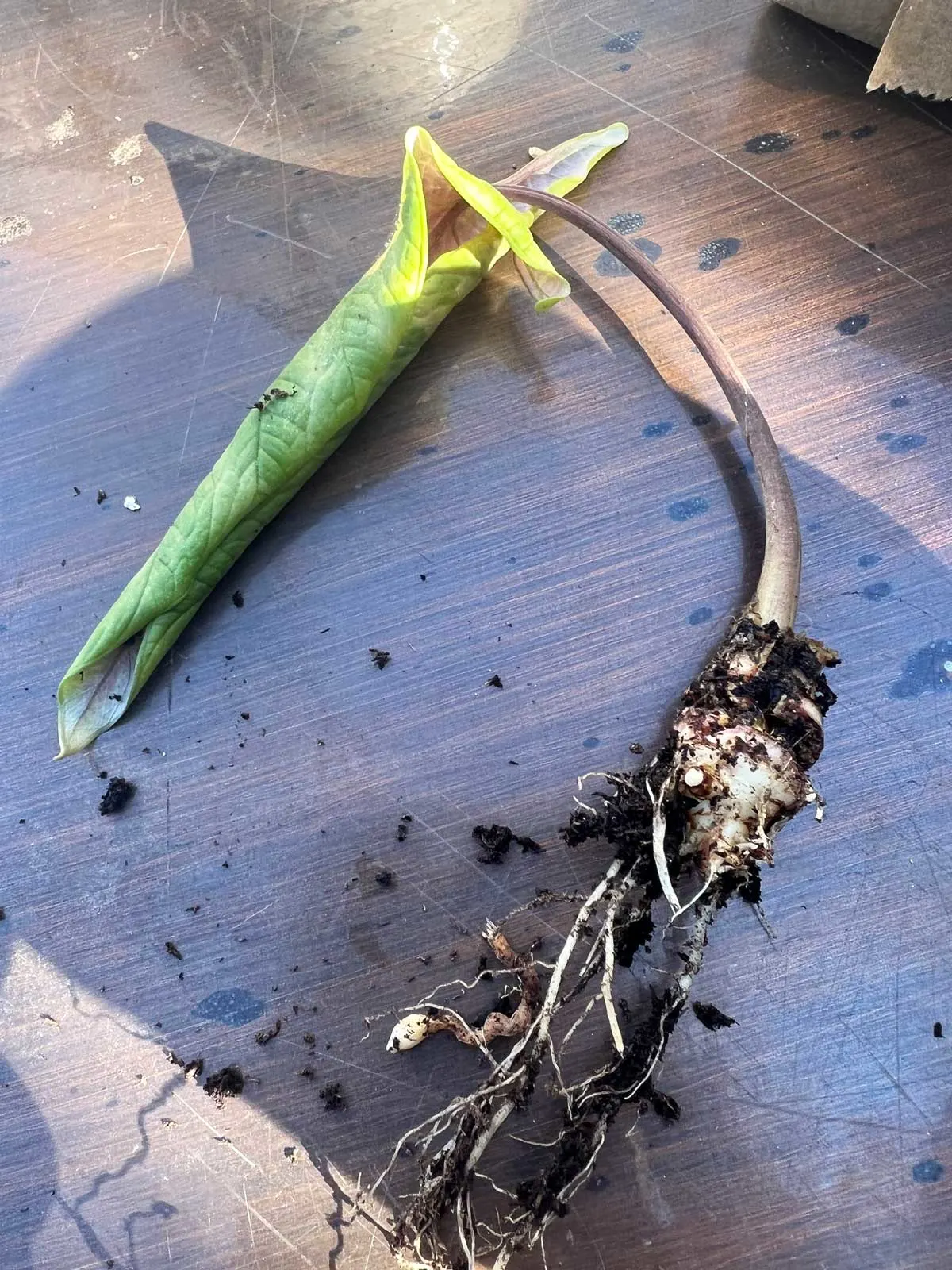
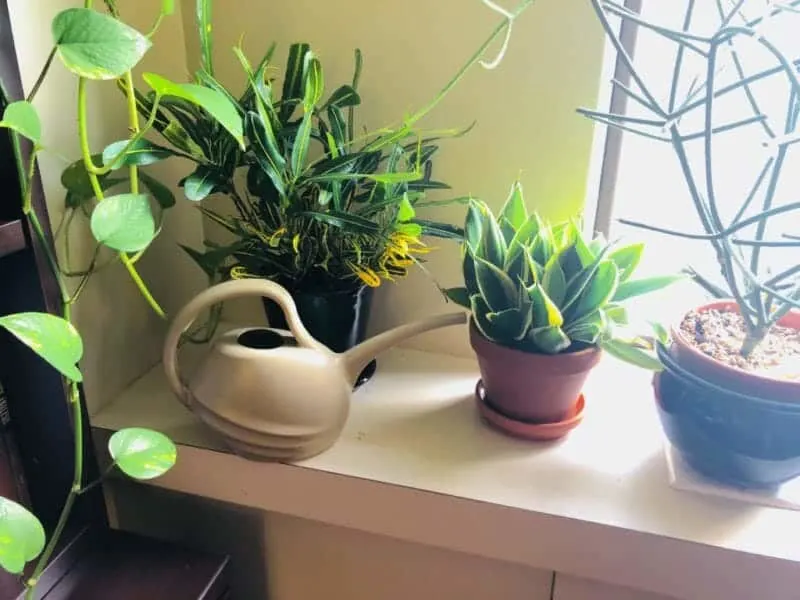
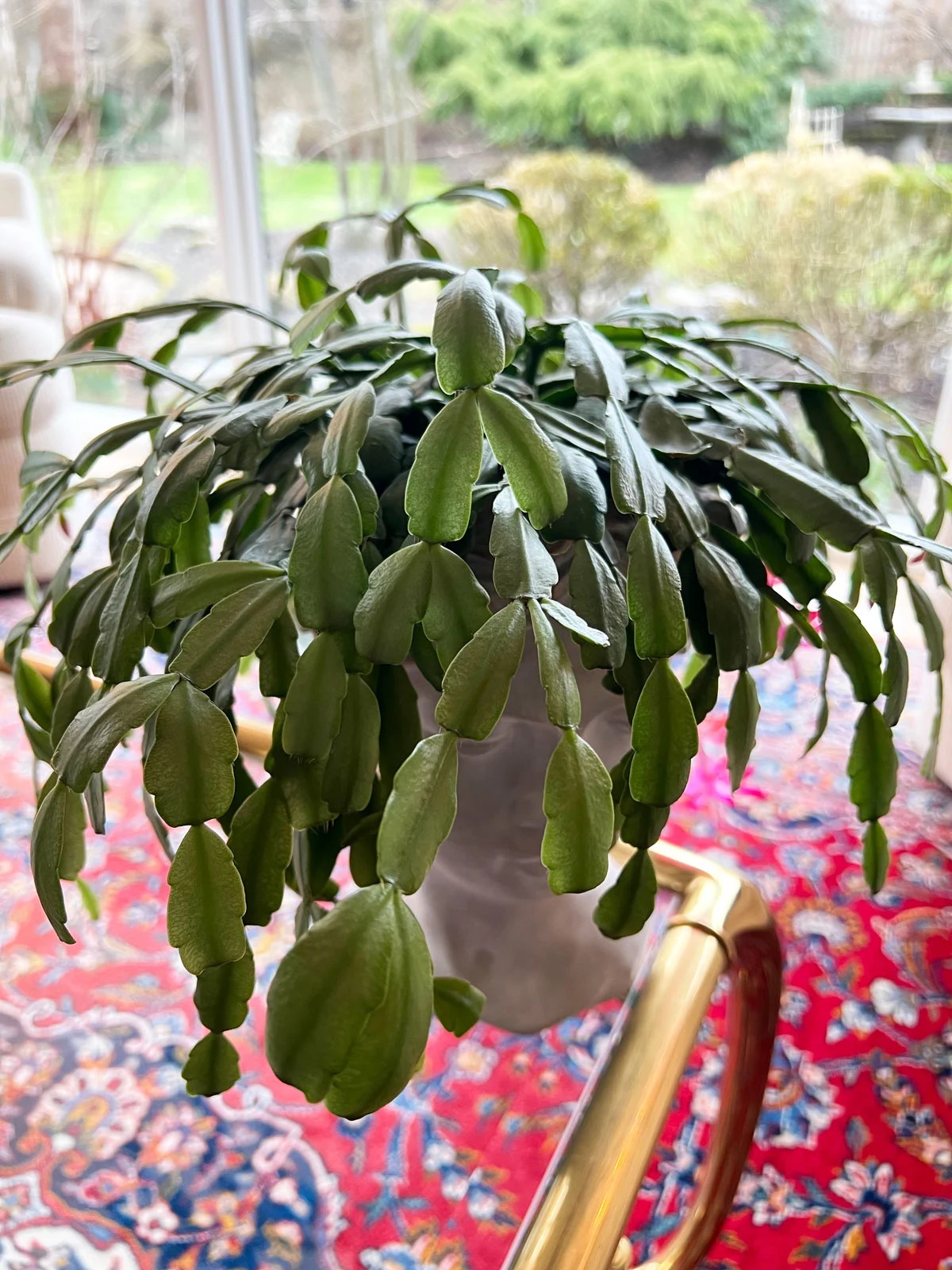
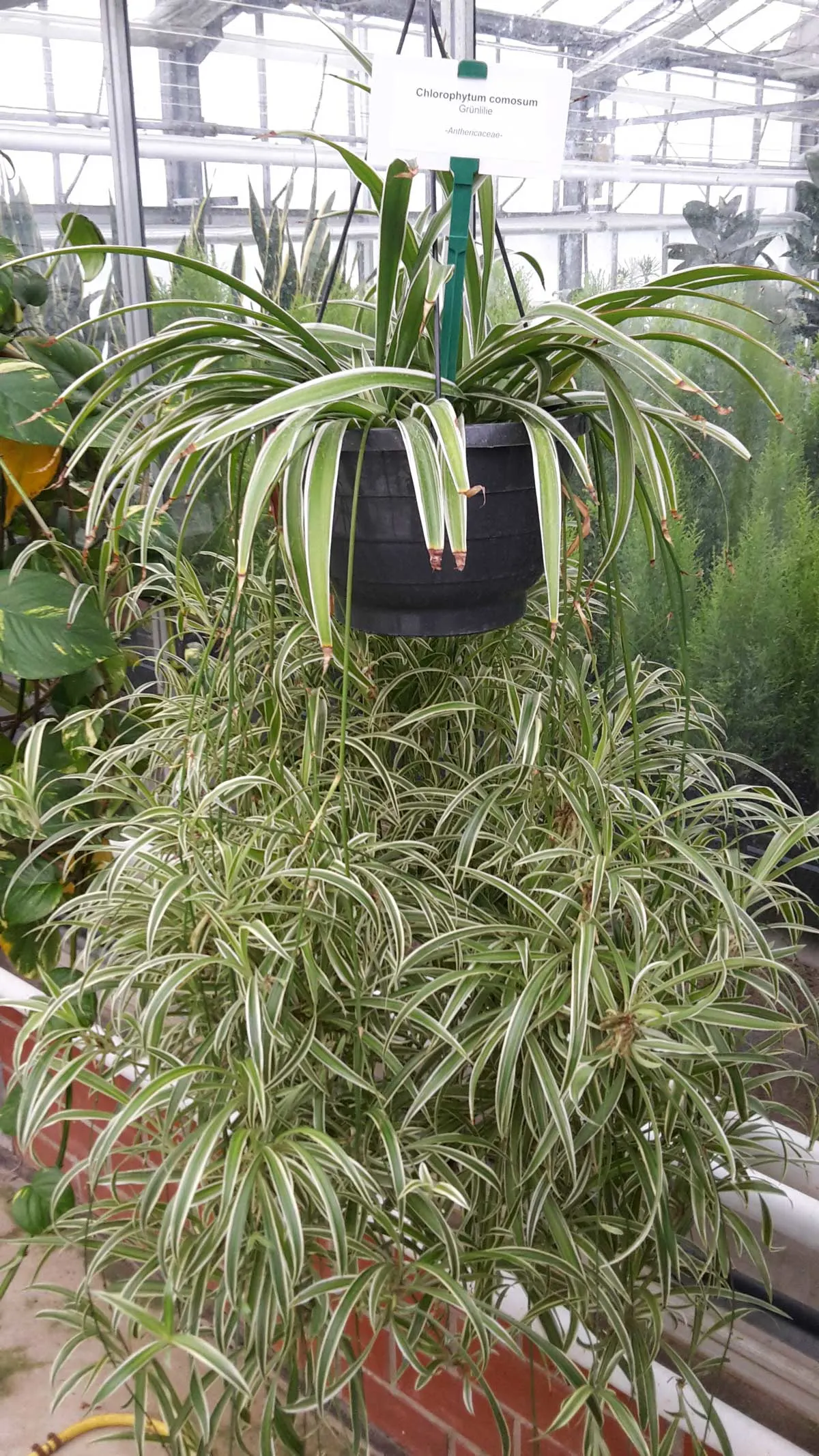
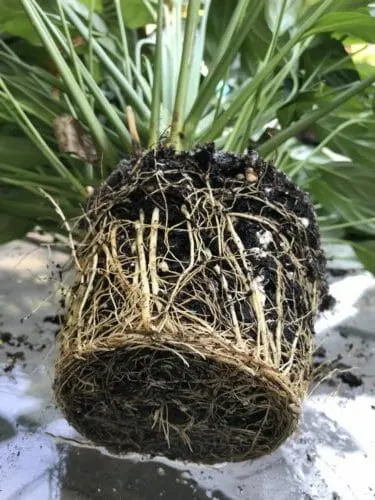
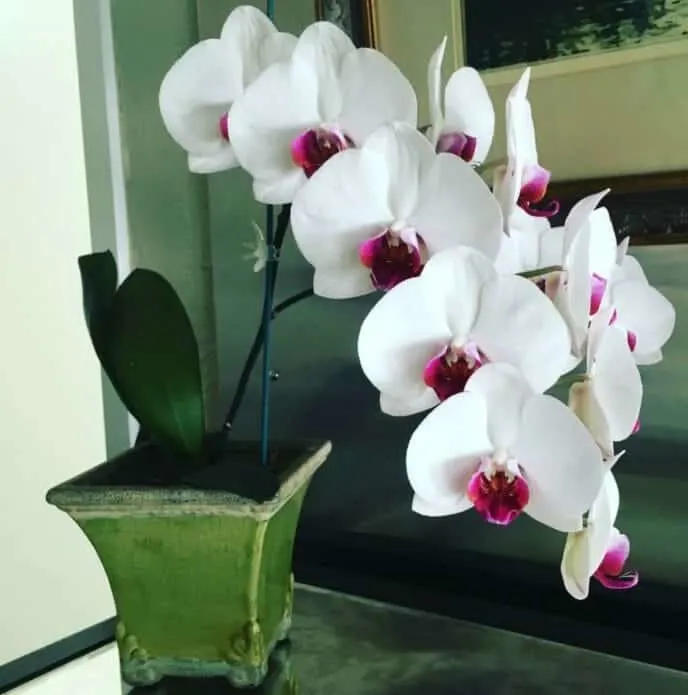
Jent
Sunday 9th of July 2023
is not 'write '' is type comment write is for pen and paper. Good advice
Raffaele
Monday 10th of July 2023
Glad you enjoyed the post. I don't see where I've typed "write" though?